Approaches being used in the national schistosomiasis elimination programme in China: a review
- PMID: 28292327
- PMCID: PMC5351197
- DOI: 10.1186/s40249-017-0271-9
Approaches being used in the national schistosomiasis elimination programme in China: a review
Abstract
Schistosomiasis japonica, caused by the human blood fluke Schistosoma japonicum, remains a major public health problem in China, although great success has been achieved. The control efforts during the past half-decade, notably the wide implementation of the new integrated strategy with emphasis on control of the source of S. japonicum infection across the country since 2004, has greatly reduced S. japonicum in humans, livestock, and intermediate host Oncomelania hupensis snails, and transmission control of schistosomiasis was achieved in China in 2015. A two-stage roadmap was therefore proposed for schistosomiasis elimination in 2015, with aims to achieve transmission interruption by 2020 and achieve disease elimination by 2025 in the country. During the last two decades, a variety of approaches, which target the epidemiological factors of schistosomiasis japonica have been developed, in order to block the transmission cycle of the parasite. These approaches have been employed in the national or local schistosomiasis control activities, and facilitated, at least in part, the progress of the schistosomiasis elimination programs. Here, we present an approach to control the source of S. japonicum infection, three new tools for snail control, three approaches for detecting and monitoring S. japonicum infection, and a novel model for health education. These approaches are considered to play a great role in the stage moving towards transmission interruption and elimination of schistosomiasis in China.
Keywords: China; Elimination; Health education; Oncomelania hupensis; Schistosoma japonicum; Schistosomiasis japonica; Snail control; Source of infection.
Figures
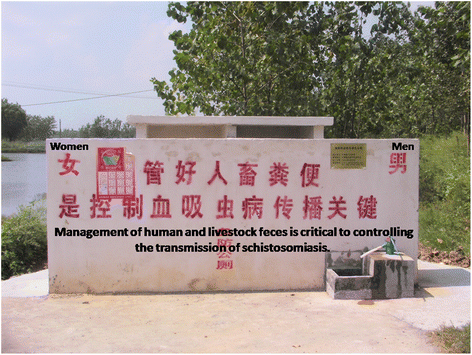
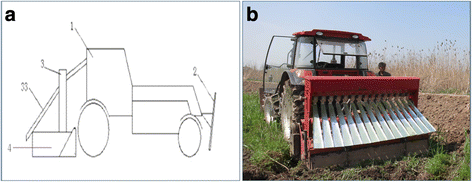
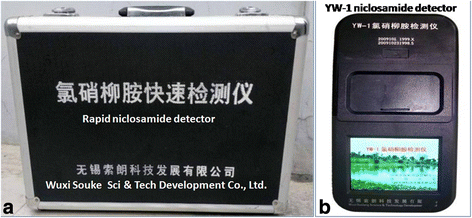
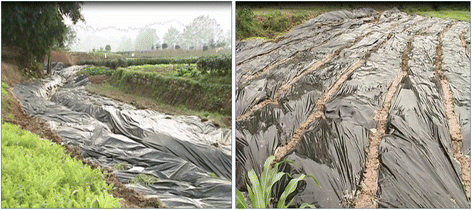
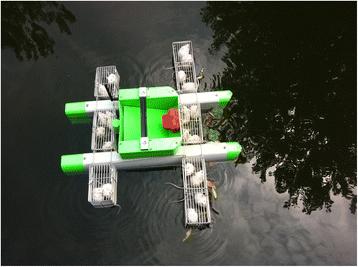

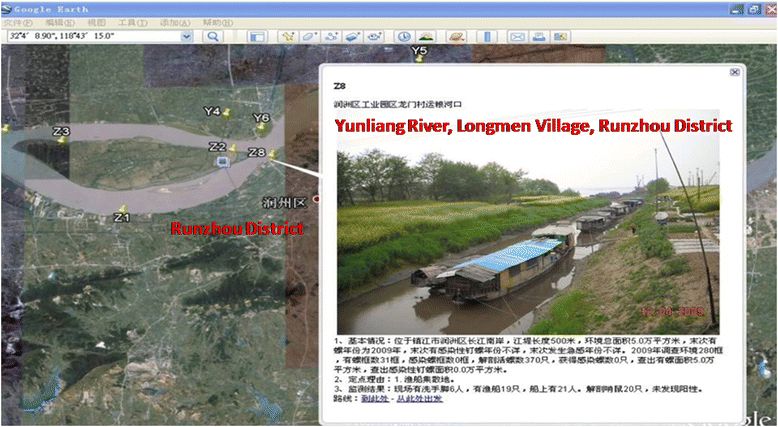
References
Publication types
MeSH terms
LinkOut - more resources
Full Text Sources
Other Literature Sources
Research Materials
Miscellaneous

